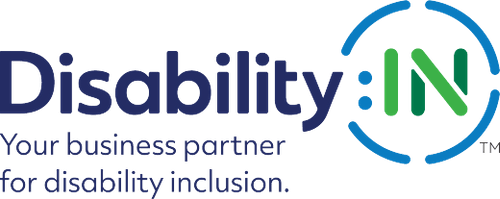December 19, 2012
New Corporate Index Being Developed for People with Disabilities in the Workplace
New Corporate Index Being Developed for People with Disabilities in the Workplace
American Association of People with Disabilities and US Business Leadership Network (USBLN®) Partner to Create New Benchmarks for Employers
WASHINGTON, DC (December 19, 2012) – The US Business Leadership Network (USBLN®) and the American Association of People with Disabilities (AAPD) jointly announced today their partnership to establish a national benchmarking tool on corporate policies and practices for disability employment inclusion and accessibility. Work on this important project has begun and AAPD and the USBLN® look forward to launching it in 2013. [DOC | PDF]
Disability:IN reveals new research that says millennials want disability inclusion
[Download PDF version]
USBLN – A Leading Nonprofit for Disability Inclusion – Rebrands to Disability:IN, Publishes Survey Data on Millennial Job Priorities
Survey shows millennial employees prioritize diversity and inclusion when selecting, remaining at jobs; yet only half believe their employer is committed to hiring, retaining people with disabilities.
126 Major Businesses Rated “Best Places to Work for Disability Inclusion”
Fortune 1000 Corporations are recognized as a part of the 2018 Disability Equality Index (DEI) and honored as the “Best Places to Work for Disability Inclusion”.
5 Ways to Participate in Global Accessibility Awareness Day #GAAD
On May 17th, the USBLN will be celebrating Global Accessibility Awareness Day (GAAD). GAAD was established to create awareness and generate conversations about accessibility, specifically web accessibility, for people with disabilities.
USBLN Facilitates Over 8,000 New Hires with Disabilities Through Going for the Gold Program
Through the Going for the Gold (GFG) program, the USBLN is aiding 20 Fortune and Global 500 companies achieve the “gold standard” in hiring and fully including individuals with disabilities in their workforces.
